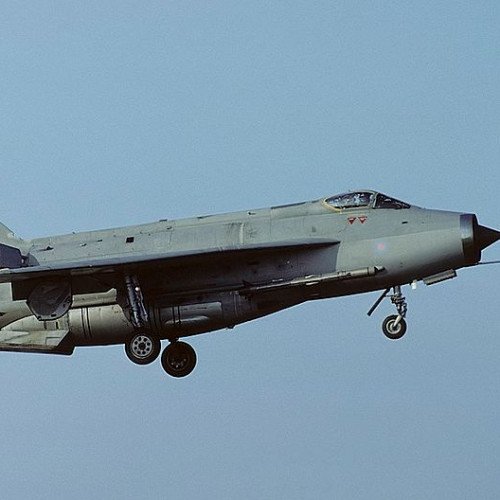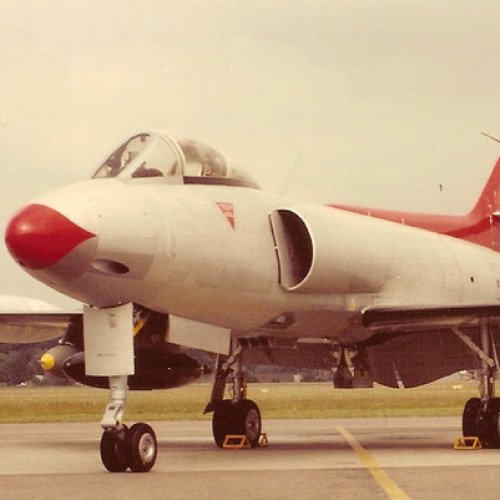English Electric Lightning vs FFA P-16

English Electric Lightning
The English Electric Lightning is a British fighter aircraft that served as an interceptor during the 1960s, the 1970s and into the late 1980s. It remains the only UK-designed-and-built fighter capable of Mach 2. The Lightning was designed, developed, and manufactured by English Electric, which was later absorbed by the newly-formed British Aircraft Corporation. Later the type was marketed as the BAC Lightning. It was operated by the Royal Air Force (RAF), the Kuwait Air Force (KAF) and the Royal Saudi Air Force (RSAF). A unique feature of the Lightning's design is the vertical, staggered configuration of its two Rolls-Royce Avon turbojet engines within the fuselage. The Lightning was initially designed and developed as an interceptor to defend the V bomber airfields from attack by anticipated future nuclear-armed supersonic Soviet bombers such as what emerged as the Tupolev Tu-22, but it was subsequently also required to intercept other bomber aircraft such as the Tupolev Tu-16 and the Tupolev Tu-95. The Lightning has exceptional rate of climb, ceiling, and speed; pilots have described flying it as "being saddled to a skyrocket". This performance and the initially limited fuel supply meant that its missions are dictated to a high degree by its limited range. Later developments provided greater range and speed along with aerial reconnaissance and ground-attack capability. Following retirement by the RAF in the late 1980s, many of the remaining aircraft became museum exhibits. Until 2009, three Lightnings were kept flying at "Thunder City" in Cape Town, South Africa. In September 2008, the Institution of Mechanical Engineers conferred on the Lightning its "Engineering Heritage Award" at a ceremony at BAE Systems' site at Warton Aerodrome.Overwing fuel tank fittings were fitted to the F6 variant only and offered the aircraft extended range. The maximum speed of the aircraft was ultimately affected and limited the top speed to a reported 1000mph.
Statistics for this Xoptio

FFA P-16
The FFA P-16 was a Swiss prototype ground attack jet fighter designed and produced by aircraft manufacturer Flug- und Fahrzeugwerke Altenrhein (FFA). It was Switzerland's second attempt to develop a domestically designed and manufactured jet fighter, following the EFW N-20. Work on what would become the P-16 commenced during the late 1940s. From the onset, the company intended for the indigenously developed fighter to replace several piston-engined aircraft that were then in service with the Swiss Air Force. During 1952, a pair of prototypes were ordered from FFA. On 25 April 1955, the first prototype performed its maiden flight. On 15 August 1956, the second prototype exceeded the sound barrier for the first time. The flight test programme demonstrated the P-16 to be capable of achieving favourable performance; accordingly, a production contract for 100 aircraft was issued by the Swiss Government. In the aftermath of a pre-production aircraft's crash, the Swiss production order was terminated and soon thereafter replaced by orders for the British-built Hawker Hunter. This cancellation had come before any production P-16s had been completed. While the company continued the program independently for a time, completing a further two aircraft, no buyers could be found for the type. The P-16 were examined by Bill Lear, who later developed the highly successful Learjet family of business jets. However, the P-16 was never introduced into service by any operator, and only a single example of the type remains presently.